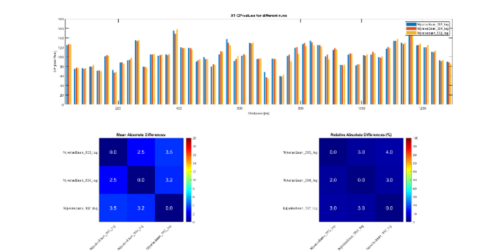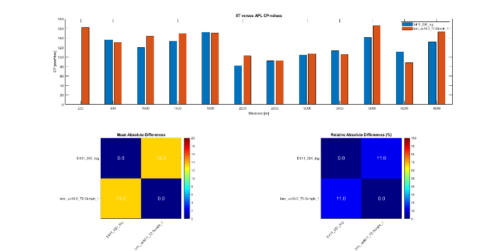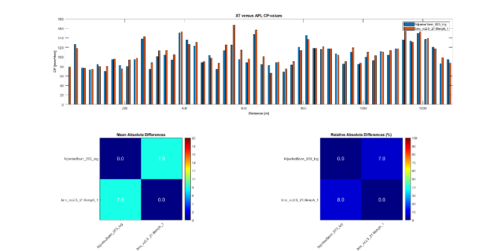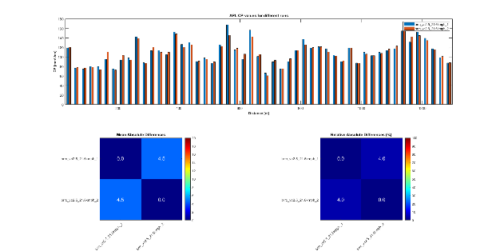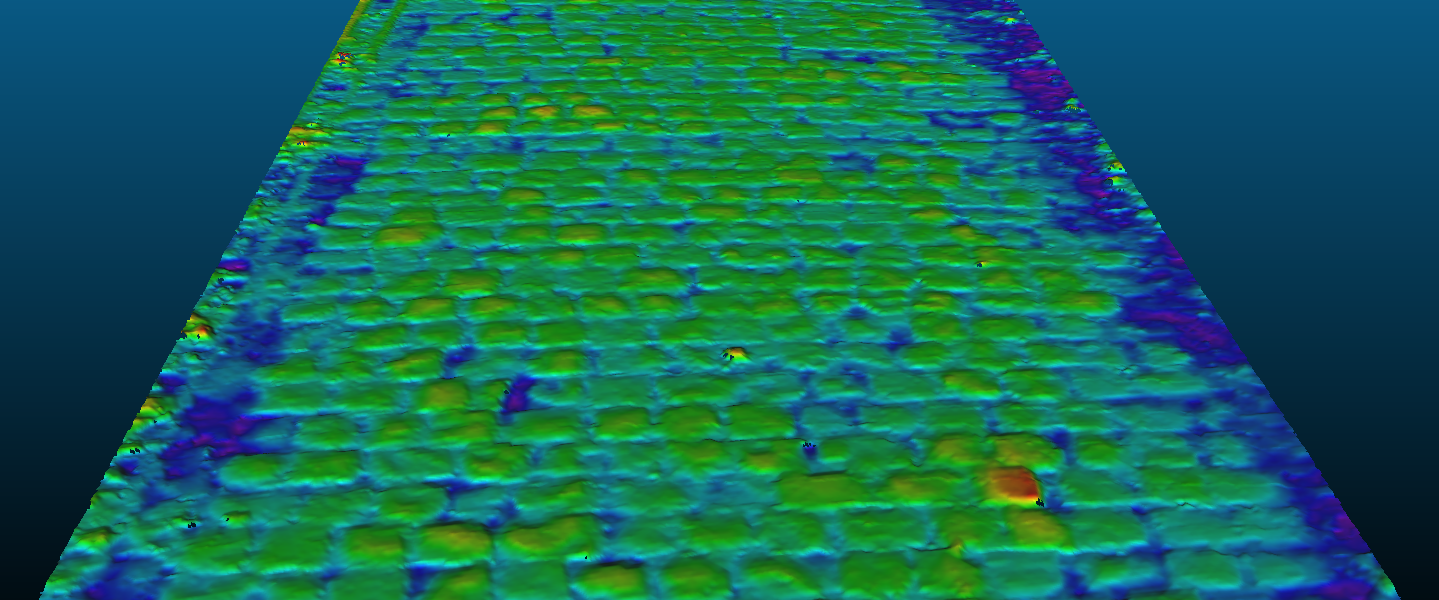
XenoTrack outperforms mechanical APL for road inspection
The Belgian Road Research Center (BRRC) challenged XenomatiX to prove the superiority of the Road Lidar above the certified APL equipment and XenomatiX accepted.
One of the most relevant and important road characteristics for both safety and comfort is longitudinal evenness. Internationally the IRI is the accepted measure to identify this evenness, Belgium, France and Germany apply an advanced version of the IRI splitting the waviness or evenness in 3 different bandwidths, the lower bandwidth more relevant for roads at a lower speed, the higher bandwidth at higher speeds. The 3 bandwidths applied in Belgium are Evenness Coefficient 2,5 (EC 2,5), the EC10 and EC40, with the number referring to the bandwidth center in meters. The certified equipment used for recurrent road status measurements and for contractor discussions in Belgium for this measure is today the APL (Analyzer of the Profile in Longitudinal direction), the actual materialization of the quarter wheel model related to the IRI concept.
Two major specs were verified, accuracy and repeatability.
Repeatability
The study confirmed the APL delivers very repeatable results for mid and long waves, and has a bit more challenges on the short waves. When measuring the same wavelengths, the APL outputs different indices when used at different pre-defined measurement speeds, a known flaw of the system.
The Road LiDAR, XenoTrack and software, delivered the full digital twin, the profiles at + and – 750mm from the middle of the driving track were automatically extracted and EC indices were calculated. The repeatability of the indices was very high and in the range of differences within the driving range on one lane. Especially in the small wavelengths, the XenoTrack outperformed the APL. For the higher wavelengths, the XenoTrack did not outperform but suggested a significant improvement of the algorithm, resulting after implementation in an outperformance after all.
Accuracy
Comparing the final indices output from both devices was challenged by the difference in measuring start position and drift in the APL distance encoder. The study was able to eliminate these differences in the raw profile data to allow pure functional comparison.
The study reported before the implementation of the improved stitching algorithm on the Road LiDAR.
As expected with the knowledge of repeatability and the comparison of the raw profiles, all three indices EC2,5 – EC10 and EC40 came out very much the same.
Conclusion:
The Road Lidar, XenoTrack, equals or outperforms the certified equipment for longitudinal evenness measurements, allows to drive at any speed and delivers the full digital twin plus lateral evenness and other geometrical measures as well.
The study suggested a further improvement on the stitching algorithm in the software, implemented at this moment and convincing international leading companies to replace or complement their certified equipment. Important to know that although a laser system, the Road LiDAR is Class 1 eye-safe.
